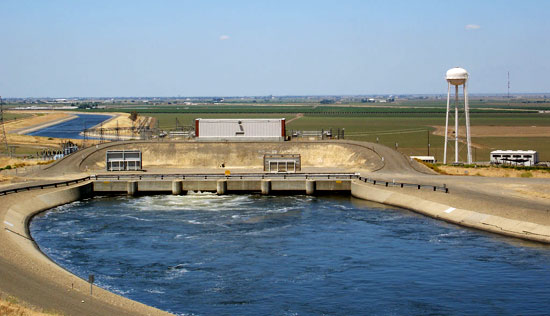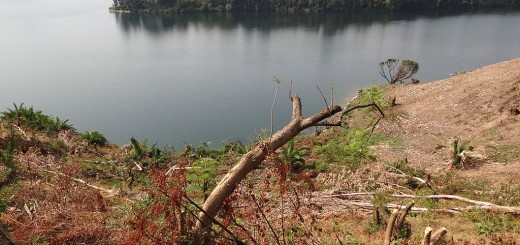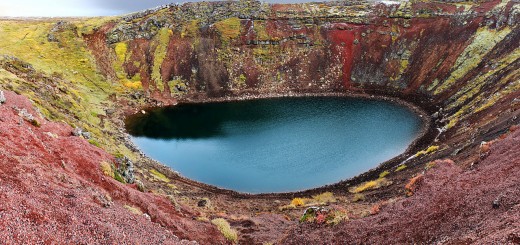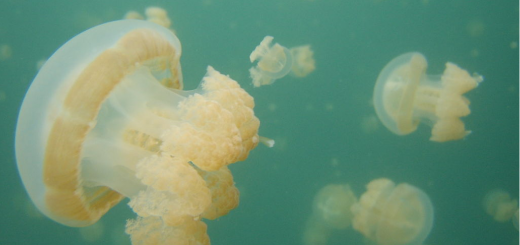California Drought Impacts Wildlife Living Around Soda Lake
0Pictures of Soda Lake in California look doctored, like someone went wild with a white-out option in Photoshop. But there’s no fooling around – the images of a white lake bed are real.

Soda Lake, an endorheic basin in California, September 2011. (Credit: Basil Soufi via Wikimedia Commons)
Though the lake was full of fresh water around 11,000 years ago, then part of the ice-age Lake Mojave, reduced precipitation that occurred in the holocene took away much of its water. In present day, some laps the banks, but the little remaining water is shallow and highly alkaline.
Soda Lake now consists of two large basins and several smaller pans with levels that rise and fall with the seasons. When the rainy season ends, the waters evaporate away and basins are left lined with salt.
Despite there being some life in the water, including brine shrimp and water fowl that feed on them, most of Soda Lake is bone-white salt evaporites.

Surface of Soda Lake in the Carrizo Plain, July 2011. (Credit: Wikimedia Commons User Dracblau7)
Beyond the banks of Soda Lake is the Carrizo Plain, an area that supports populations of the Pronghorn Antelope, burrowing owls and the San Joaquin Kit Fox. Because of this biodiversity, it has been called the state’s serengeti. Or, more recently, “California’s Endangered Serengeti.”

Joaquin Kit Fox. (Credit: B. Peterson, U.S. Fish & Wildlife Service)
The distinction is owed to complications caused by ongoing drought conditions. The giant kangaroo rat, said to be a keystone species to the Carrizo Plain’s ecosystem, is particularly vulnerable because the plain is one of its few remaining habitats.
Experts at the University of California – Berkeley put the threat from drought to Soda Lake’s watershed and surrounding area into perspective:
“What is there after arid grassland? Well, desert basically,” said Justin Brashares, associate professor of wildlife ecology and conservation at the university. “All of the values that make Carrizo so remarkable, the very reasons that so much energy, time and money that has been put into preserving it, would be lost.”













